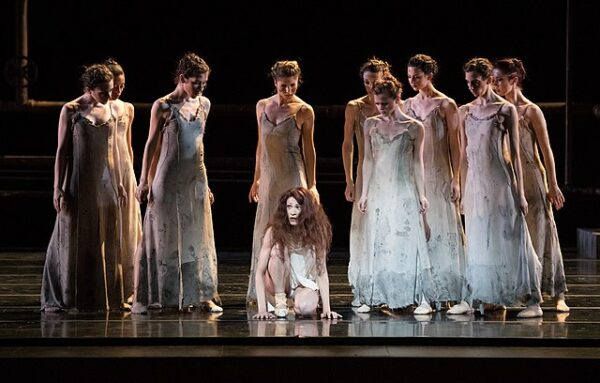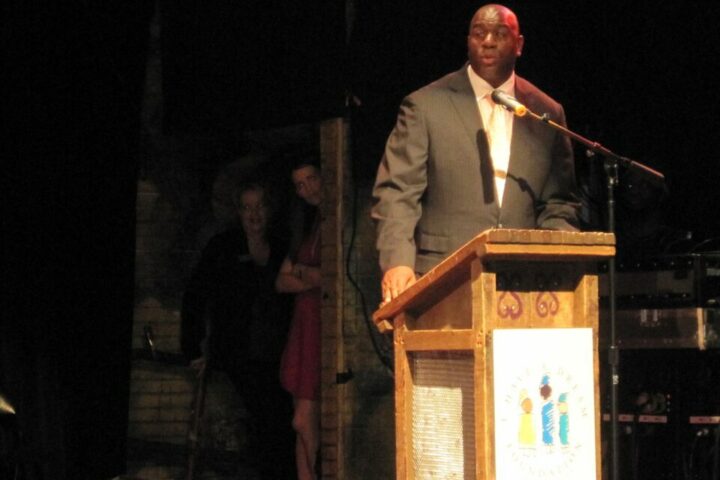On May 29, 1913, the Théâtre des Champs-Élysées in Paris witnessed one of the most legendary and tumultuous premieres in the history of classical music: the debut of Igor Stravinsky’s ballet “The Rite of Spring” (Le Sacre du Printemps). The event has since become a symbol of avant-garde art and a landmark moment in the evolution of 20th-century music after it sparked a riot.
A Russian composer, Stravinsky was already gaining attention for his innovative works at the beginning of the 20th century. “The Rite of Spring” was his third ballet score for Sergei Diaghilev’s Ballets Russes, following “The Firebird” (1910) and “Petrushka” (1911). However, “The Rite of Spring” diverged sharply from the lush orchestration and folkloric charm of his earlier pieces. Stravinsky’s new work was conceived as a portrayal of pagan rituals celebrating the advent of spring, culminating in a sacrificial dance.
The ballet’s choreography by Vaslav Nijinsky was equally revolutionary. Rejecting classical ballet’s grace and fluidity, Nijinsky’s movements were angular, grounded, and deliberately unrefined, echoing the raw energy and primal themes of Stravinsky’s music. The visual and auditory shock of the performance was unlike anything the audience had experienced.
The première quickly descended into chaos. From the moment the first notes of the dissonant and rhythmically complex score sounded, murmurs of discontent rippled through the audience. Stravinsky’s use of polytonality and irregular rhythms was jarring, and the orchestration’s percussive brutality was unprecedented. The unconventional choreography further fueled the tension, with many viewers finding Nijinsky’s interpretation disturbing and alien.
The dissent grew louder, and within minutes, the theater was engulfed in pandemonium. Accounts vary, but it’s generally agreed that loud arguments, catcalls, and even physical altercations erupted among the spectators. Some reports suggest that the noise was so overwhelming that the dancers could not hear the orchestra, forcing Nijinsky to shout counts from the wings to keep them synchronized.
Despite the uproar, the performance continued to its conclusion. Stravinsky, deeply distressed, left the auditorium before the end. The uproar in the audience overshadowed the groundbreaking nature of the work, but those who could see beyond the initial shock recognized “The Rite of Spring” as a bold step forward in musical expression.
In the aftermath of the premiere, “The Rite of Spring” continued to evoke strong reactions. Some critics denounced it as cacophonous and unmusical, while others praised its originality and power. The ballet was soon performed as a concert piece, where it began to receive more favorable attention. Without the distraction of Nijinsky’s controversial choreography, audiences could focus solely on Stravinsky’s innovative score.
Over time, “The Rite of Spring” gained recognition as one of the most influential works in music history. Its revolutionary approach to rhythm, harmony, and orchestration paved the way for numerous composers. Stravinsky’s bold departure from tradition challenged the boundaries of what music could be, inspiring future generations to explore new artistic frontiers.
Today, “The Rite of Spring” is celebrated as a masterpiece. Its debut, filled with controversy and uproar, marks a pivotal moment in the history of classical music. Stravinsky’s vision, once met with outrage, has endured and continues to inspire awe for its daring innovation and profound impact on the course of 20th-century music.






